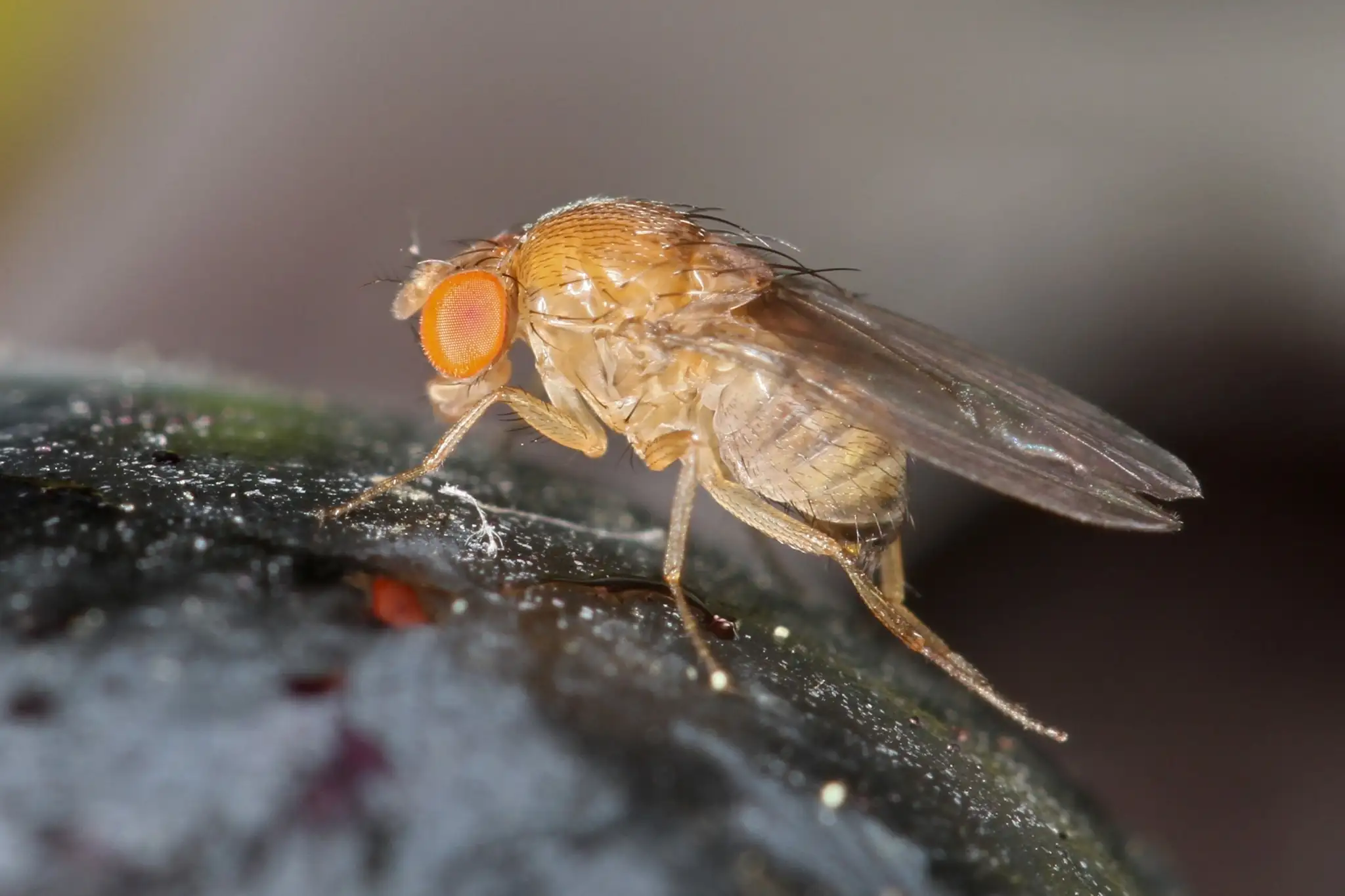Numerous physiological and metabolic processes within plant tissues may be influenced by the pre-harvest application of hormones derived from plants, such as polyamines. These processes range from protection against specific types of stress to flowering, fruit set, and embryogenesis.
The rationale for this phenomenon was ascribed to the fruit set-stimulating properties of polyamines, which also contribute to the development of various floral organs, including the ovary. As a pre-harvest or post-harvest technique, putrescine, similar to numerous other polyamines, has demonstrated exceptional efficacy in retarding fruit ripening and senescence.
Delaying tissue disintegration in both climacteric and non-climacteric fruits, it aids in the maintenance of antioxidant balance. Furthermore, putrescine, similar to numerous other elicitors, has been shown to modulate energy supply pathways, a crucial process during energy-intensive circumstances like senescence and abiotic stress.
The primary objective of this investigation was to assess the efficacy of pre-harvest putrescine applications during the flowering phase and on-tree maturation in enhancing the tolerance of sweet cherry to adverse climatic events during its entire on-tree development and harvest period.
Specifically, foliar applications of putrescine at 1 mM and 10 mM concentrations were conducted on two different cultivars of sweet cherry, 'Prime Giant' and 'Sweetheart'.
The study conducted by two Spanish institutions (Postharvest Research Group of Fruit and Vegetables in Orihuela and Mas de Roc Cooperativa Valenciana in Alcoi) spanned four growing seasons and aimed to assess the effects of this treatment on the resistance of flower buds to late spring frosts during the pre-harvest phase, as well as its ability to mitigate fruit cracking in the chosen cultivars.
The results showed how putrescine-treated flower buds demonstrated a decrease in overall malondialdehyde content (and thus a decrease in the oxidative stress levels), while fruit set increased during the majority of growing seasons evaluated. In additon, putrescine-treated sweet cherries exhibited a consistent decrease in the occurrence of cracking throughout all assessed growing seasons.
Fruit cracking was more likely to occur in 'Prime Giant' and 'Sweetheart' at earlier and medium ripening phases, respectively. The findings of this study suggest that the application of putrescine significantly reduces fruit cracking and significantly mitigates the vulnerability of flower buds to spring frost, thus enhancing the overall resistance to abiotic stress.
Fruit cracking was more likely to occur in 'Prime Giant' and 'Sweetheart' at earlier and medium ripening phases, respectively. The findings of this study suggest that the application of putrescine significantly reduces fruit cracking and significantly mitigates the vulnerability of flower buds to spring frost, thus enhancing the overall resistance to abiotic stress.
In addition, various quality parameters were assessed during the harvesting process, encompassing fruit firmness, external colour, total soluble solids, and total acidity. The putrescine treatments prevented the fruit from ripening on the tree, leading to an increase in fruit firmness and a delay in colour development at harvest.
The 'Sweetheart' cultivar exhibited a postponement in the accumulation of soluble solid content and acidity until harvest. Due to this rationale, the adoption of putrescine-based pre-harvest interventions arises as a viable approach to accommodate climate change and alleviate the consequences of abiotic stresses, thereby potentially increasing sweet cherry production.
Source: Ruiz-Aracil, M.C.; Valverde, J.M.; Beltrà, A.; Carrión-Antolí, A.; Lorente-Mento, J.M.; Nicolás-Almansa, M.; Guillén, F. Putrescine Increases Frost Tolerance and Effectively Mitigates Sweet Cherry (Prunus avium L.) Cracking: A Study of Four Different Growing Cycles. Agronomy 2024, 14, 23. https://doi.org/10.3390/agronomy14010023.
Melissa Venturi
University of Bologna (IT)
Cherry Times - All rights reserved










